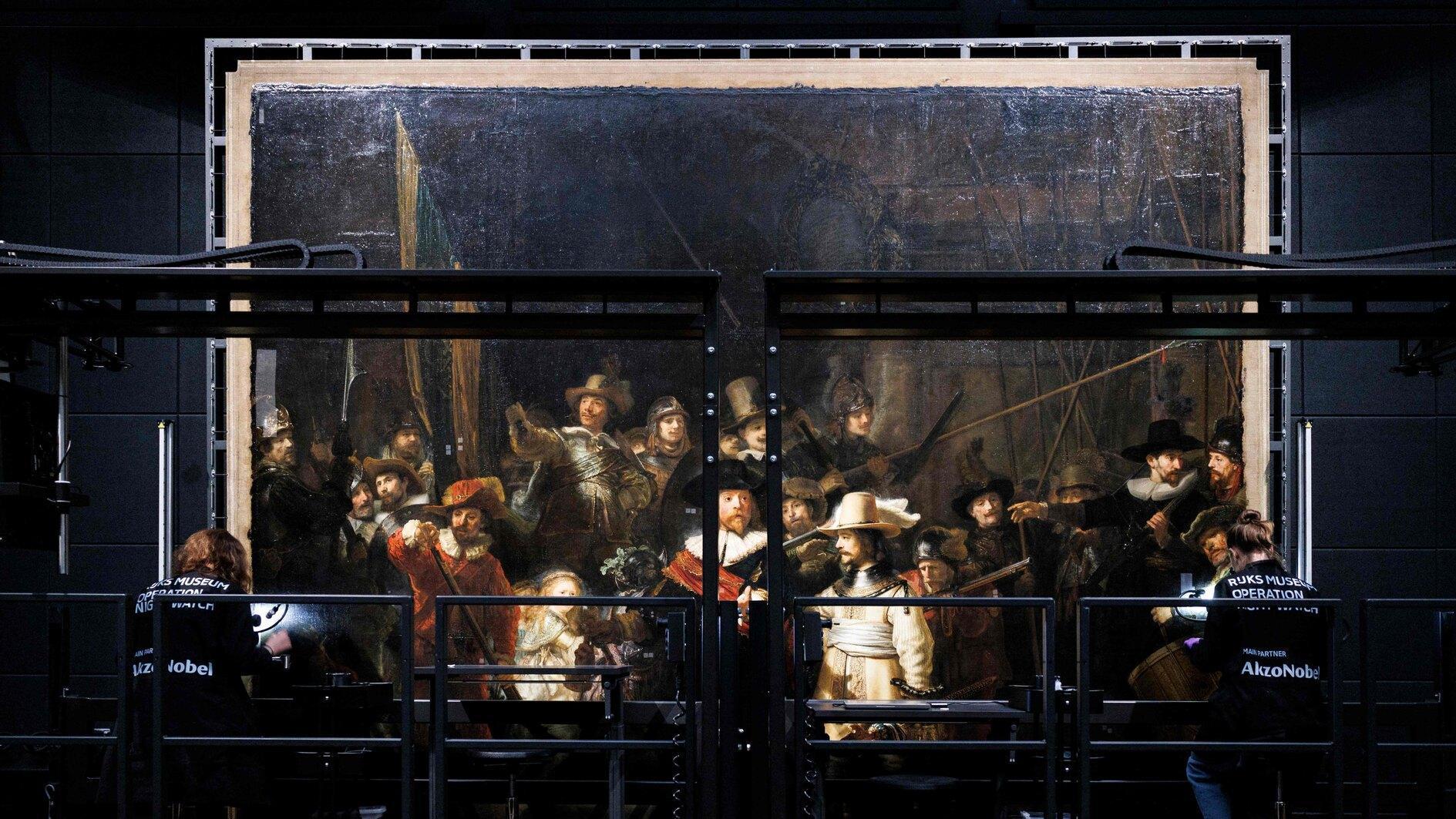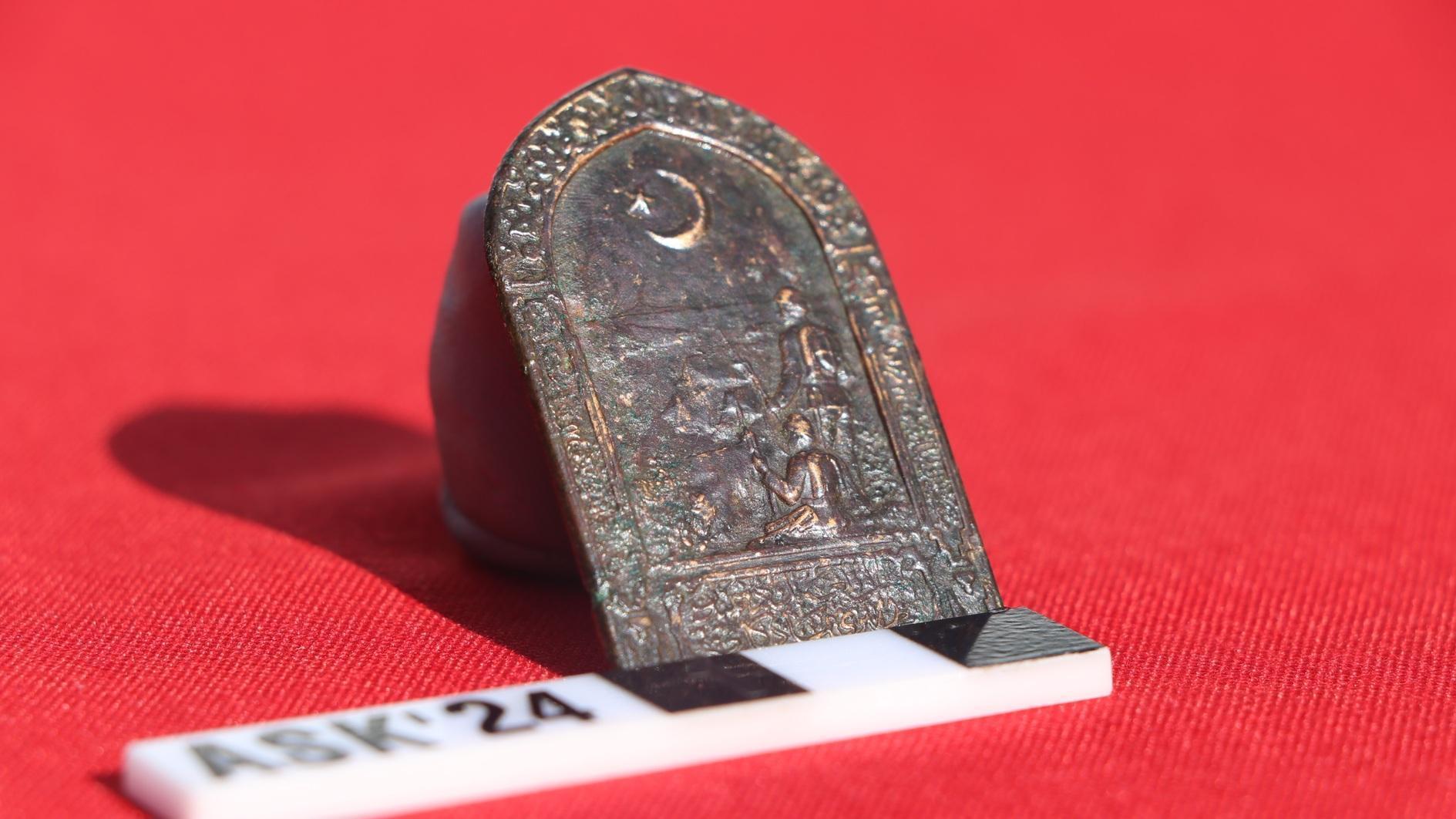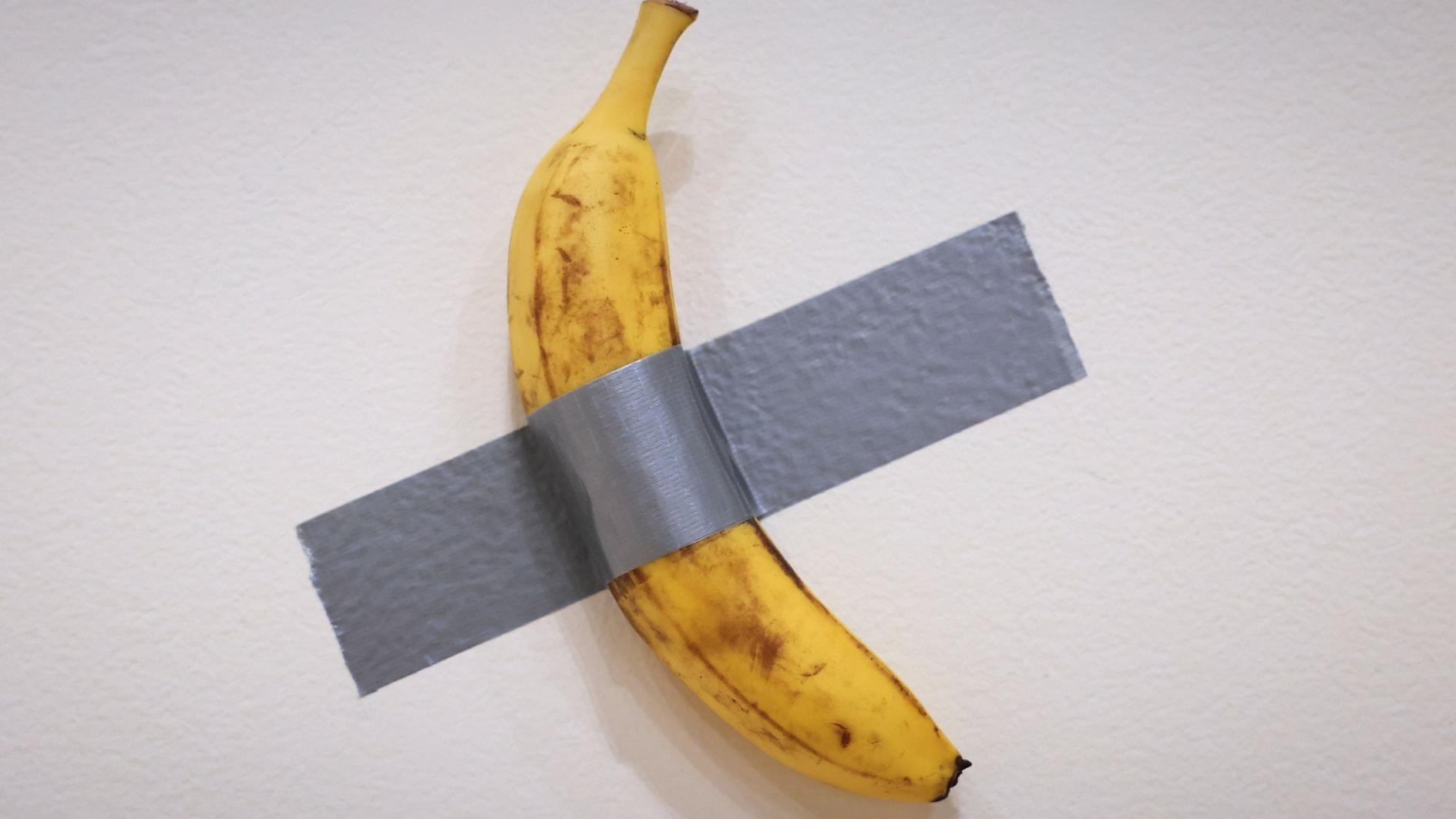GM, Chrysler to get $13.4 bln loan
Bloomberg
General Motors and Chrysler will get $13.4 billion in initial government loans to keep operating in exchange for a restructuring under a rescue plan announced by President George W. Bush Friday.A bankruptcy is unlikely to work for the automakers at this time and can’t be allowed, Bush said at the White House.
"These are not ordinary circumstances," Bush said. "In the midst of a financial crisis and a recession, allowing the U.S. auto industry to collapse is not a responsible course of action."
The money will be drawn from the Troubled Asset Relief Program and the automakers will get an additional $4 billion from the fund in February for a total of $17.4 billion in assistance, according to a statement from the Bush administration. The funds would allow GM and Chrysler to keep operating until March.
Reprieve for automakers
Winning the assistance is a reprieve for GM, the biggest U.S. automaker, and No. 3 Chrysler after they said they would run out of operating funds as soon as this month. Bush is stepping in after Senate Republicans’ refusal last week to take up a House-approved rescue raised the prospect of a company failure costing millions of jobs.
GM is reeling from almost $73 billion in losses since 2004 and a 22 percent slump in U.S. sales this year, while the drop at Auburn Hills, Michigan-based Chrysler is 28 percent, the steepest among the major automakers.
Under the terms of the plan, if the companies cannot demonstrate financial viability by March 31 the loans will be called and the money must be returned, the statement said. The government’s debt would have priority over any other debts.
In exchange for the money, the automakers must provide warrants for non-voting stock, accept limits on executive pay, give the government access to financial records and not issue dividends until the debt is repaid. The government will have the authority to block transactions larger than $100 million.
The automakers much cut their debt by two thirds in an equity exchange, make half of the payments to a union retirement fund in equity, eliminate a program that pays union workers when they don’t have work and have union costs and rules competitive with foreign automakers by Dec. 31, 2009.
The requirements could be modified by negotiations with the union and debt holders.
Government officials will examine all financial statements and records of the car companies.
The package is intended for GM and Chrysler initially; Ford Motor has said it can continue operations under current circumstances.
GM soared 15 percent to $4.22 at 9:04 a.m. before regular New York Stock Exchange composite trading Friday, while Ford gained 11 percent to $3.15. GM’s 8.375 percent bonds due in July 2033 rose 3 cents to 18.6 cents on the dollar, yielding 45 percent, according to Trace, the bond-pricing service of the Financial Industry Regulatory Authority.
Ford’s 7.45 percent bonds due in July 2031 gained 2 cents to 27 cents on the dollar, yielding 27.8 percent, Trace data showed.
Bush versus Senate
The Bush administration agreed Dec. 12 to consider options, including use of the TARP, after Senate Republicans turned aside the House-backed plan. The Republicans sought more specific automaker conditions, such as pay in line with foreign manufacturers’ operations in the U.S.
United Auto Workers leaders agreed this month to suspend a program that pays laid-off employees after their jobs end, and to postpone automakers’ contributions to new union-run trusts that will take on responsibility for retirees’ medical care. The dispute in Congress reflected the tension between Republicans from Southern states that have plants owned by Asian and European automakers, and the UAW, which primarily supports Democrats in political campaigns. The next Congress will have a bigger Democratic majority.
















